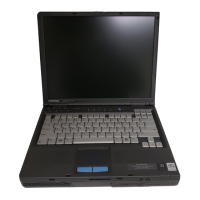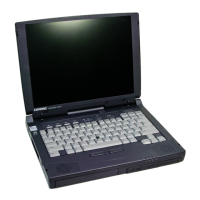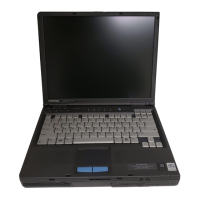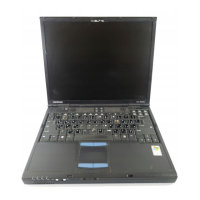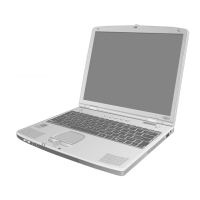COMPAQ CONFIDENTIAL - NEED TO KNOW REQUIRED
Writer: Karen Williams Saved by: Integrity Group Saved date: 05/31/00 4:38 PM
Pages: 1 Words: 220 Template: c:\template\ref\ref-ntc.dot
Part Number: 168893-001 File name: NOTICE.doc
Notice
The information in this guide is subject to change without notice.
COMPAQ COMPUTER CORPORATION SHALL NOT BE LIABLE FOR
TECHNICAL OR EDITORIAL ERRORS OR OMISSIONS CONTAINED
HEREIN; NOR FOR INCIDENTAL OR CONSEQUENTIAL DAMAGES
RESULTING FROM THE FURNISHING, PERFORMANCE, OR USE OF
THIS MATERIAL.
This guide contains information protected by copyright. No part of this
guide may be photocopied or reproduced in any form without prior
written consent from Compaq Computer Corporation.
© 2000 Compaq Computer Corporation.
Printed in U.S.A., U.K., Singapore, and Taiwan.
COMPAQ, the Compaq logo, Armada, and ROMPaq Registered in the
U.S. Patent and Trademark Office.
Microsoft, Windows, and Windows NT are trademarks or registered
trademarks of Microsoft Corporation.
Intel and Pentium are registered trademarks, and SpeedStep is a
trademark of Intel Corporation.
Phoenix is a registered trademark and MultiBoot is a trademark of
Phoenix Technologies Ltd.
Imation and SuperDisk are trademarks of Imation Corporation.
CardWare is a registered trademark of Unicore Software, Inc.
All other product names mentioned herein may be trademarks or
registered trademarks of their respective companies.
Software described herein is furnished under a license agreement or
nondisclosure agreement. The software may be used or copied only in
accordance with the terms of the agreement.
R
EFERENCE
G
UIDE
Compaq Armada M700 Series of Personal Computers
First Edition (August 2000)
Part Number 168893-001
Compaq Computer Corporation





